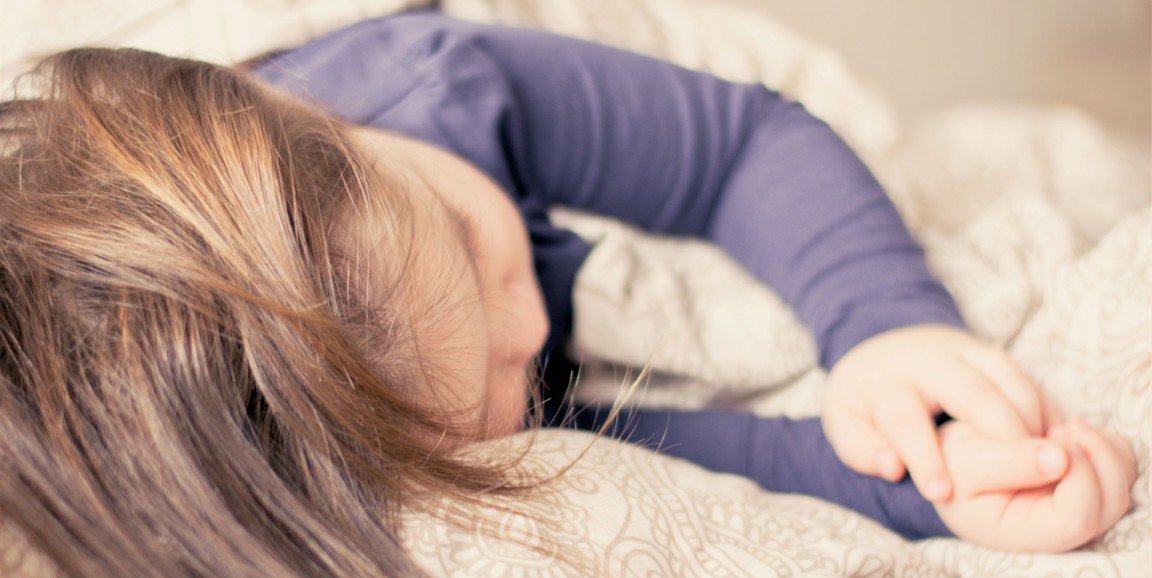Ask a child with asthma how easily he or she can breathe, and you won't get an objective answer. But where a conversation fails, technology can take over, according to a team of Stanford researchers who are developing a way to predict asthma attacks in advance.
"Especially in chronic asthma, many patients have learned to live with less-than-optimal lung function," pediatric pulmonologist David Cornfield, MD, told me recently. Kids adapt: They might read at recess instead of running around, without thinking about how much they're trying not to cough or wheeze. So when someone asks about their symptoms, their answer doesn't tell the full story of their asthma management. "They don't appreciate that they have less-than-healthy lungs," Cornfield said.
Other ways to measure asthma control -- devices that measure how forcefully patients blow air out, for instance -- also give variable results, leaving parents and doctors to do a lot of guesswork in asthma monitoring.
That's why Cornfield and a group of colleagues are testing a new monitoring approach that uses data collected during sleep. As I described briefly in another recent Scope post, the researchers attach a vibration-sensing device to the child's mattress, which monitors heart rate, respiratory rate and other cardiac parameters while the child sleeps. Heart rate variation from night to night can predict asthma exacerbations, the scientists report in a feasibility trial recently published online by the American Journal of Respiratory and Critical Care Medicine.
"What I'm really excited about is the clinical biology," Cornfield said. "The idea that heart rate can be used as a metric for asthma exacerbation -- or exacerbation of any other illness -- is fairly novel."
The monitoring device doesn't need to touch the child, and factors that affect heart rate and breathing during the day -- exercise, being upset, excitement -- don't come into play. "The idea is that data is provided without any effort," Cornfield said. After the initial setup, "no monitors need to be hooked up, no switches need to be flipped, there's no diary to keep. You just need to sleep in your own bed."
The initial trial has just 16 subjects, but they were each analyzed for more than 100 nights apiece. The researchers report that the sensor data matched what subjects recorded about their symptoms with 87 percent accuracy. The researchers think the predictive power will improve as they study more kids for longer periods and use machine learning, in which a computer algorithm gets progressively better as it finds patterns in the data. They're currently conducting a study of 260 children, which will address questions such as whether having the nighttime data reduces kids' asthma exacerbations or health care use. A startup, Tueo Health, is working to develop the technology; the company was initiated during the Stanford Biodesign innovation fellowship of one of its founders, Stanford pediatric cardiologist Bronwyn Harris, MD.
Ideally, the data could also help doctors provide each child with asthma with a specially tailored dose of anti-inflammatory medication: enough to keep them from having distressing symptoms, but not so much that they have deleterious side effects.
It's also a technique that will work anywhere, even for patients who have few resources or live far from a hospital, Cornfield added. "I view this as a potentially highly egalitarian strategy to manage asthma," he said.
Photo by dagon_




